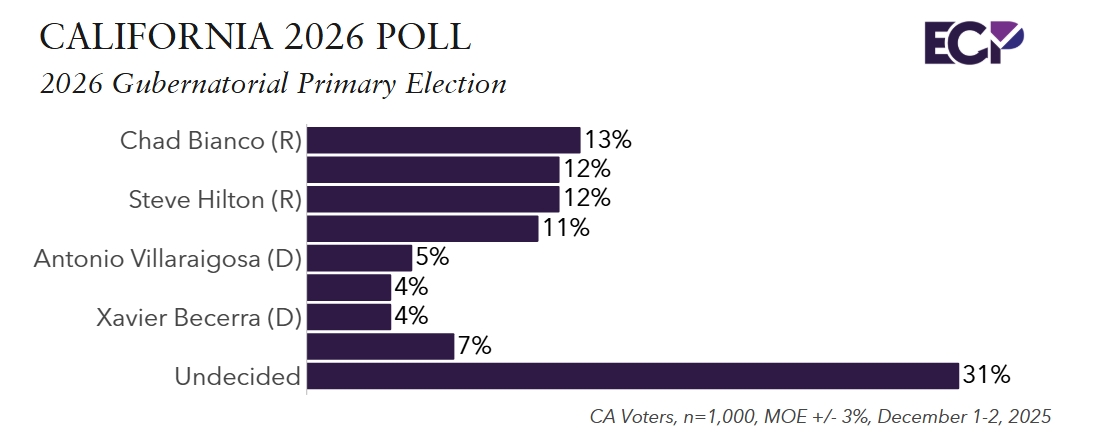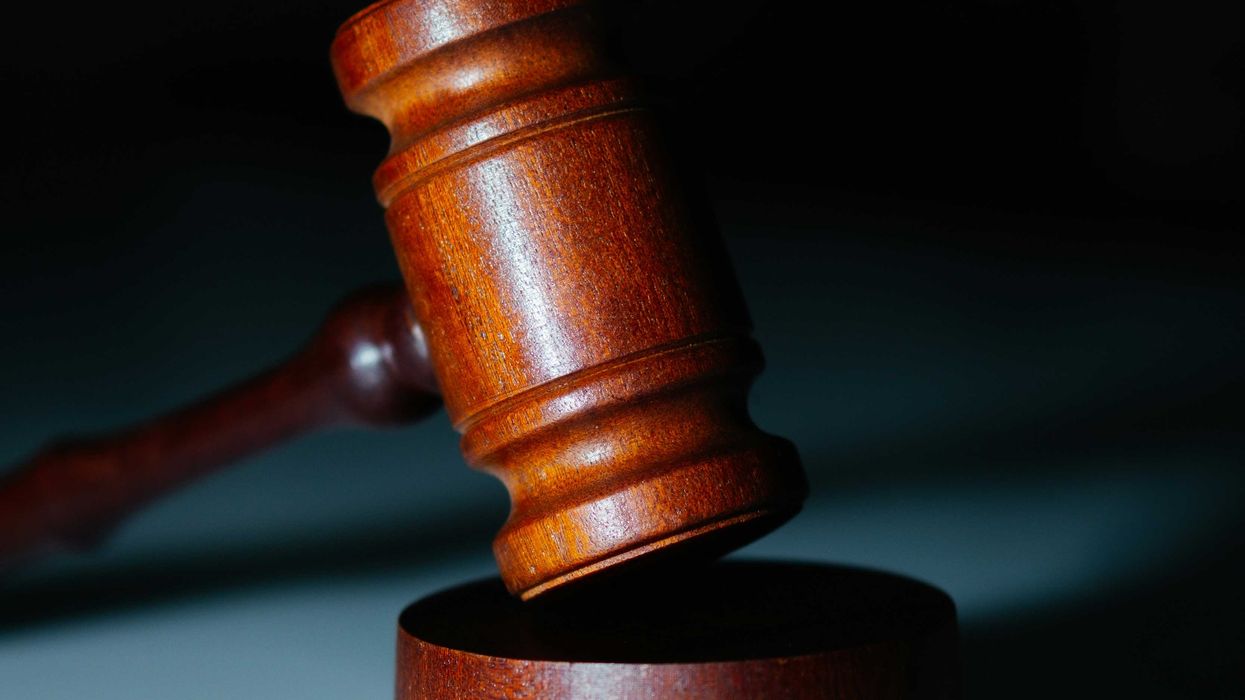Kevin Frazier is an Assistant Professor at the Crump College of Law at St. Thomas University. He previously clerked for the Montana Supreme Court.
The Founding Fathers intentionally set very few constitutional restrictions on the structure of state governments. Per the "Guarantee Clause"of the Constitution, “[t]he United States shall guarantee to every State in this Union a Republican Form of Government so long as states.” It follows that beyond maintaining a “republican” form of government, states can delegate the people’s power in numerous ways, shapes, and forms. Yet, we, the people have lazily or stubbornly accepted state governments that nearly mirror the federal system’s branches, checks, and balances.
By shaping state governments in the shadow of the federal system, we have missed an opportunity to update state governments for the litany of unique challenges they face in a fast-paced, interconnected world. States play increasingly important roles in key aspects of daily life including access to housing and health care, disaster relief, and election interference mitigation. Given the shifting and significant role of states, what type of republican government has the greatest odds of managing complex and evolving issues should be an open and ongoing question. In other words, the discretion left by the Founding Fathers to states should be an asset that allows people to redistribute their power and reshape their governments rather than a tool collecting dust like a toaster at an autoshop.
Some states have opted to tinker with their republican roots but they represent the exception, not the rule. Moreover, those changes appear to have a limited effect in terms of improving a state government’s capacity to respond to modern issues and affording the people more control over their government. Nebraska, for instance, has a unicameral legislature but experts have mixed reviews on the impact of this relatively slight variation from the federal conception of “republican” government. Likewise, many states rely on elections to select or retain members of the judicial branch — this change has also had an underwhelming track record by way of empowering the people and improving governance.
Republican governance centers around one core idea--that “the people are the source of all political power.” At least that’s how Daniel Webster defined it. Alexander Hamilton added a guiding maxim--that republican governance “requires that the sense of the majority should prevail[.]” The U.S. Supreme Court, on the few occasions it has heard legal challenges based on the Guarantee Clause, has similarly emphasized the central role of popular decision-making. In In re Duncan, a case from 1891, the Court identified the "distinguishing feature” of a republican government as “the right of the people to choose their own officers for governmental administration, and pass their own laws in virtue of the legislative power reposed in representative bodies[.]"
State constitutions reinforce the people’s power to “choose” who exercises their power and when. Article II, Section 1 of the Montana Constitution, for example, states that “[a]ll political power is vested in and derived from the people. All government of right originates with the people, is founded upon their will only, and is instituted solely for the good of the whole.” Florida’s Constitution contains similar language: “[a]ll political power is inherent in the people. The enunciation herein of certain rights shall not be construed to deny or impair others retained by the people.”
We, the people, used to act when we sensed our power was being taken and abused by other actors. The initiative and referendum system developed so the people could check and circumvent state legislatures that no longer listened to the people. Likewise, judicial elections spread when the people felt that political parties exercised too much influence over the selection of judges and their decision-making once on the bench. The upshot is that retaining our power often requires reimagining our democracy…again and again, reform by reform.
The good news is that we have the power to do just that--state constitutions make clear that we’re in the driver’s seat of our democracy; and the U.S. Constitution isn’t setting many roadblocks. The question is whether we’re willing to seize control back from political parties and special interests that have become far too comfortable using the people’s power.





















